A team of Chinese researchers demonstrated an optofluidic strategy, by implanting the microfluidic technique with a large-tapered-angle fiber probe (LTAP), to organize and transport a cell chain in a noncontact and noninvasive manner.


A team of Chinese researchers demonstrated an optofluidic strategy, by implanting the microfluidic technique with a large-tapered-angle fiber probe (LTAP), to organize and transport a cell chain in a noncontact and noninvasive manner.
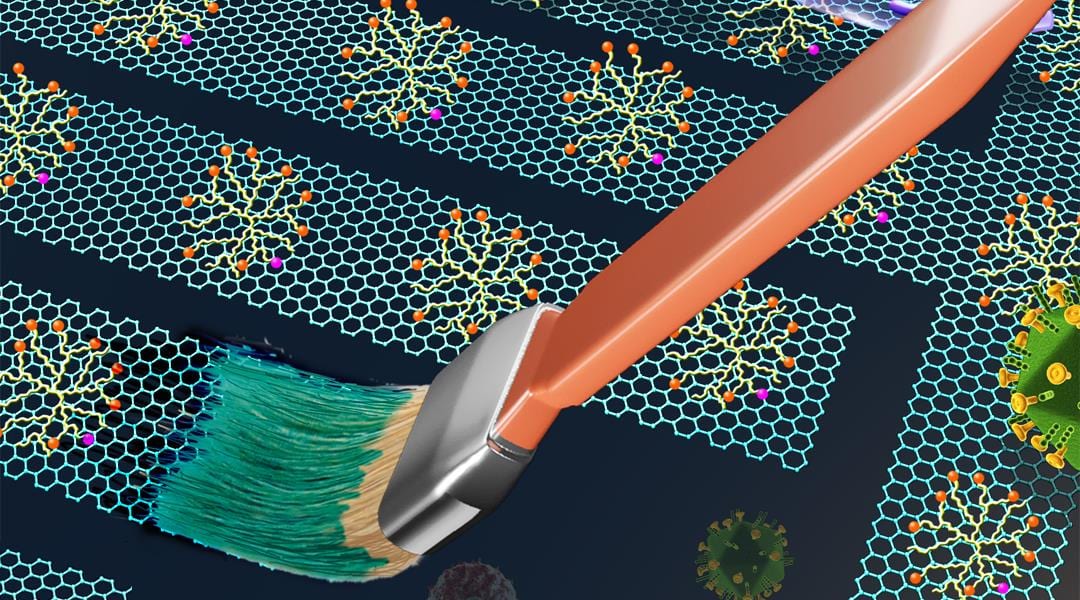
Flexible graphene nano-inks with an excellent bioactivity pave the way for next generation biomedical applications.
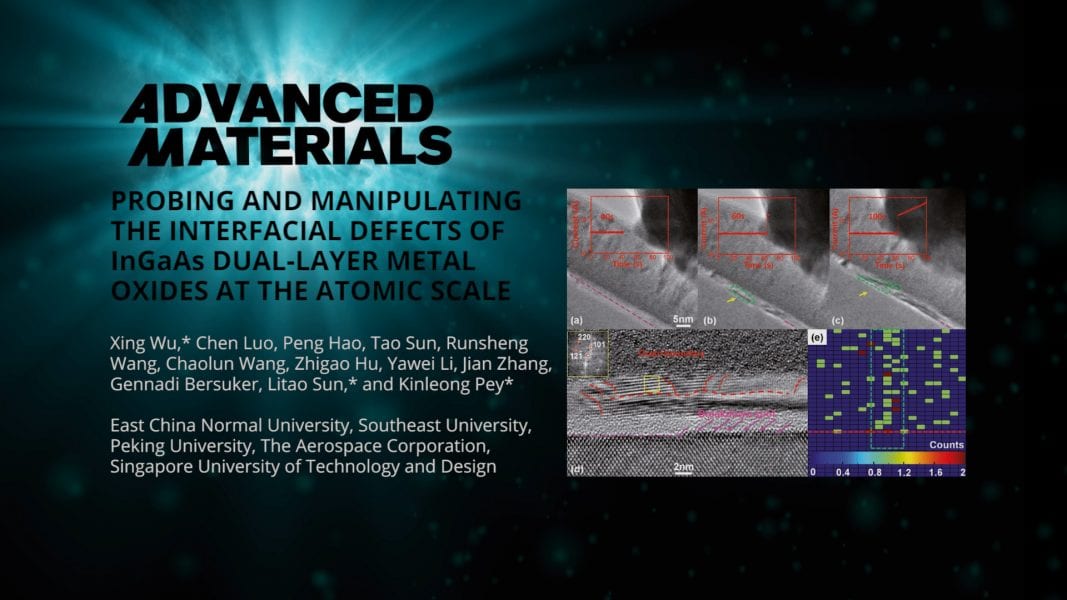
A team of researchers use in-situ transmission electron microscopy (TEM) to record the dynamic evolution of structural and electrical interfacial properties of zirconium dioxide films on aluminum oxide and indium gallium arsenide (InGaAs) substrates. This investigation paves the way towards faster, more efficient high-speed electronic devices.
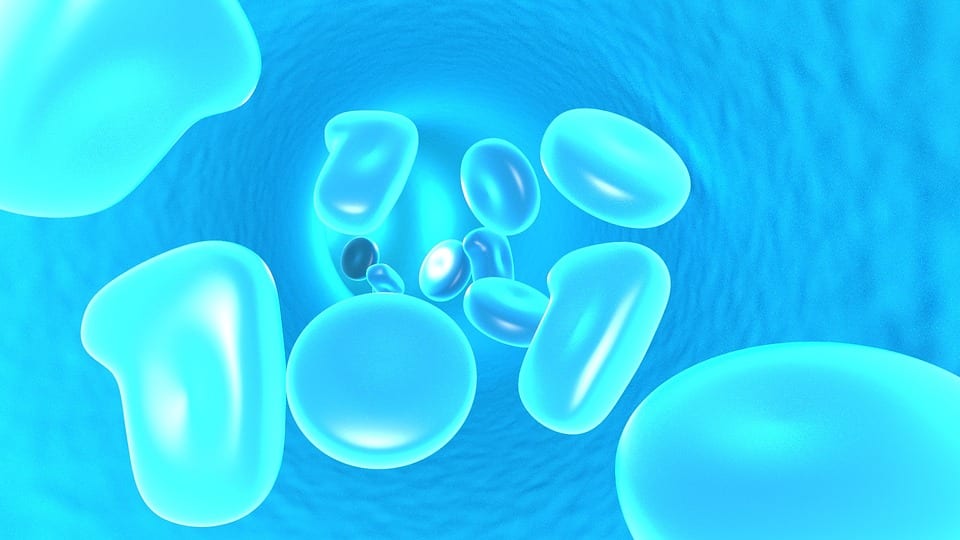
Cytometry Part A published ISAC-Cytometry Part A Mentorship Program Special Section: New Developments in Cytometric Phenotyping, Guest Edited by ISAC Marylou Ingram Scholars Kewal Asosingh from Cleveland Clinic, USA, Katarzyna Piwocka from Nencki Institute of...

The first bottle containing renewable isobutene has been filled in the Global Bioenergies‘ demo plant in Leuna.
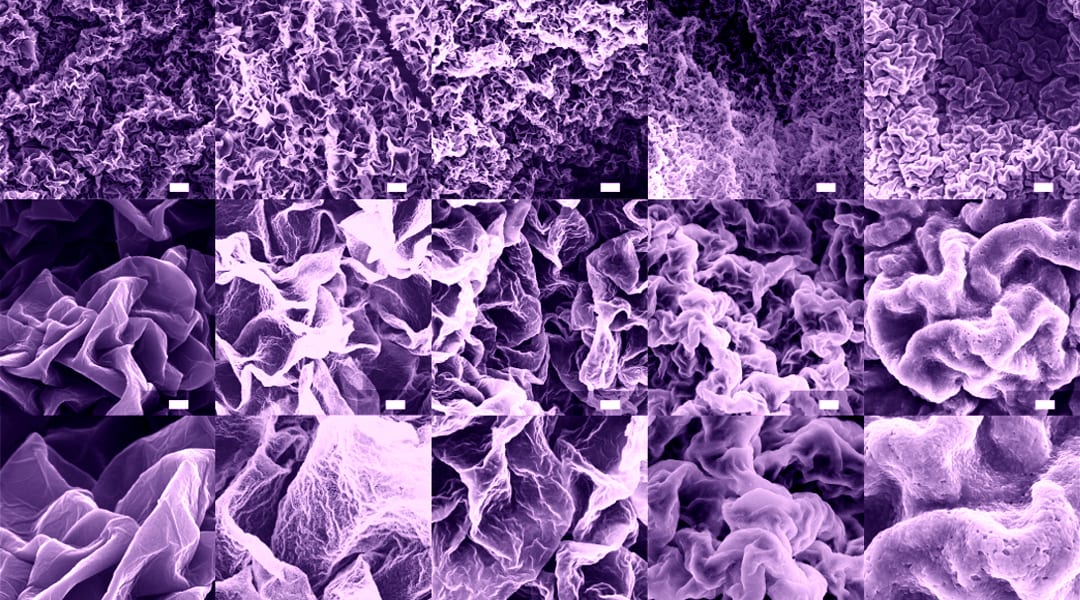
Metallized graphene inks open new directions in film patterning since dense ceramic films with the micro- and macrostructure of a graphene host were produced for the first time in Brown University

American scientists demonstrated the utility of SERS measurements of urine from deceased donors and associated PCA-LDA analysis as a potential tool to predict kidney transplant outcomes.
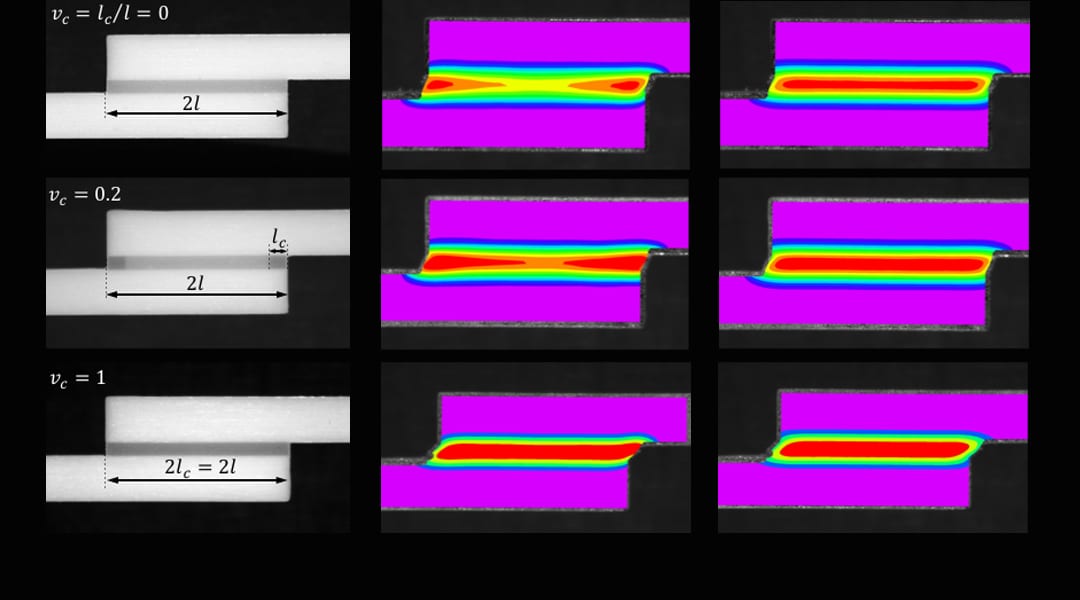
By crafting a spatially compliance-tailored bondlayer utilizing additive manufacturing, mechanical performance can be increased significantly, imparting greater strength, strain to break, and toughness, while maintaining stiffness of the homogeneous stiff bondlayer.

A nanocomposite possessing high NIR-transparency is developed, and shown to be applicable for NIR photography, security, and forensic-related applications.

Researchers from the Suzhou Key Laboratory of Green Chemical Engineering, Soochow University, and from the State Key Laboratory of Molecular Engineering of Polymers, Fudan University, develop a one-step, solvent-free method to prepare a high-performance heterogeneous catalyst. The cobalt-based catalyst is highly dispersible in water and is effective for the tandem sodium borohydride dehydrogenation and nitrobenzene hydrogenation at room temperature.